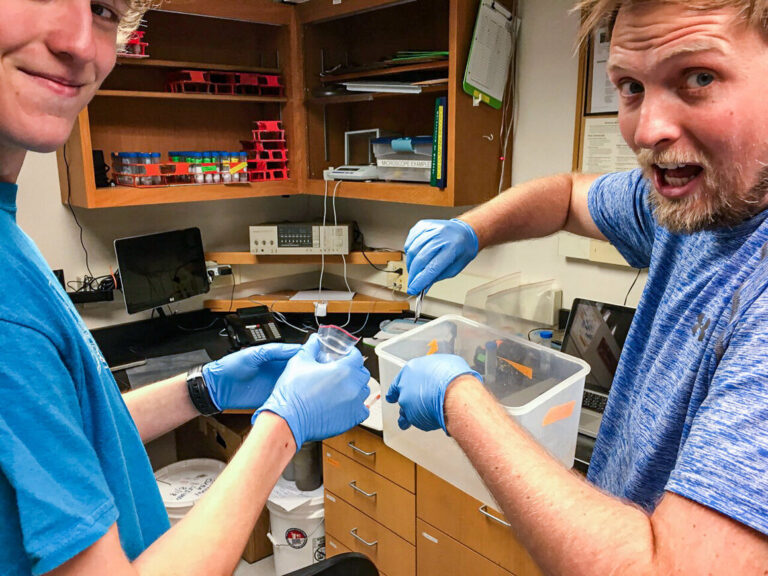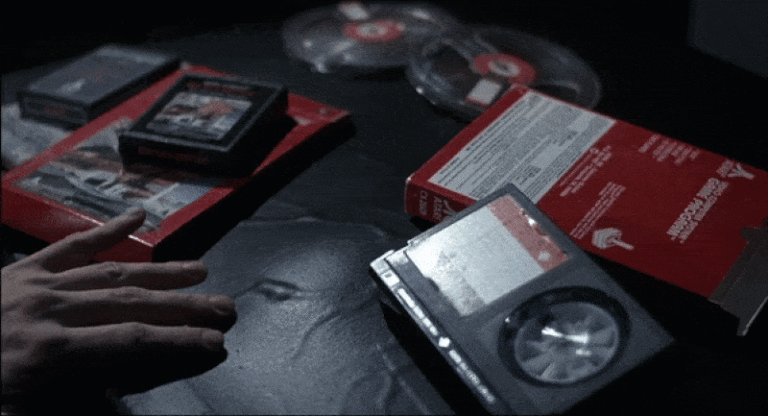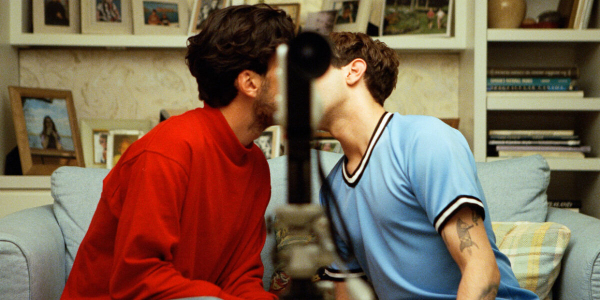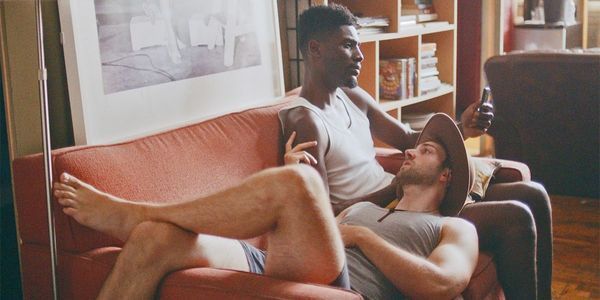Unsolved Mystery: Why ‘Young Sherlock Holmes’ Never Became a Classic
Barry Levinson’s “Young Sherlock Holmes,” a prequel story about the legendary detective’s student years, never graduated to true cult movie status and it’s a wonder why.
Released in 1985, when producer Steven Spielberg had his name and influence on every project that bared his moniker (the first onscreen title is “Steven Spielberg Presents”), it was an instant flop in theaters and never found much of an audience afterward.
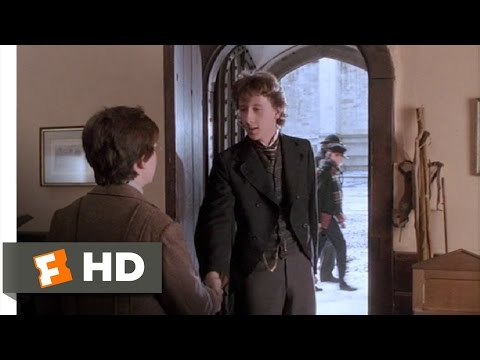
It stars Nicholas Rowe as a teen Holmes, as he struggles against his reputation as “precocious and egotistical” while studying at Brompton Academy in London. Holmes befriends a young John Watson (Alan Cox, son of actor Brian Cox) and the two immediately hit it off, though their personalities (Holmes’ laser focus contrasted with Watson’s fumbling warmth) couldn’t be more dissimilar.
The soon-to-be crime solving duo’s scholastic highs and lows are initially explored, until a bizarre series of suicides in the paper capture Holmes’ attention. The revelation that the deaths are a result of hallucinations leads Holmes, his lady-love Elizabeth (Sophie Ward) and Watson to the discovery of a secret organization. Michael Hordon provides narration as “Older Watson.”
RELATED: The Blu-ray Version of ‘Manhunter’ Makes the Film Even Better
By blending a straightforward mystery that explores Holmes and Dr. Watson’s growing friendship on their first adventure and a jarring inclusion of the fantastical, it was heavily criticized upon release as a crass, very-Spielbergian product with intrusive elements meant to entice a contemporary audience.
Today, with multiple unorthodox revisions of Doyle’s character in film, TV and in print (among my favorites is “Sherlock Holmes Through Time and Space”), the jarring addition of horror/fantasy elements with the classical approach no longer seems creatively opposing.
Actually, this feels so much closer to Doyle than the Guy Ritchie movies or the celebrated Benedict Cumberbatch-led variation. Many Doyle purists balked at the film’s scary special effects and horror movie tone. Remember, Holmes himself once went to battle against the supernatural in “The Hound of the Baskervilles.”
“Young Sherlock Holmes” opens in full horror movie mode and frequently returns to a feeling of dread. For as charming and rousing much of this is, it’s mostly a creepy film, made even more so by the unsettling image of a cloaked, hooded figure who stalks the streets of London, sometimes in broad daylight. It barrels ahead from the first scene, as there’s never a dull or wasted moment.
Rowe is superb, evoking a blend of arrogance and immeasurable cleverness that taps into the inner brilliance of the classic character. While few would consider this one of the prime examples of Holmes movie (though it is), Rowe’s take on the character is among the definitive.
Perhaps an acknowledgement of how great Rowe is can be found in his return appearance as the character, in a cameo as a grown Holmes, in a movie within the movie of Bill Condon’s “Mr. Holmes” (2015).
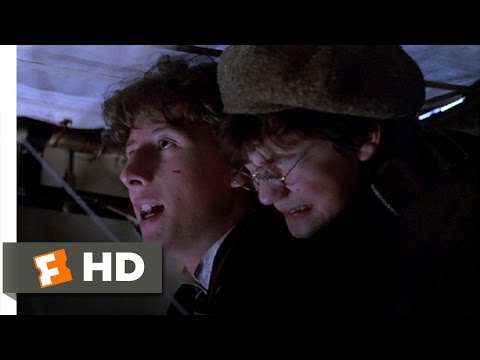
Rowe is well-matched by Cox and the two have a strong chemistry throughout. Ward also excels in this, one of the two great “scary” kid’s movies of 1985 in which she appeared (the other is the still-terrifying and near-perfect “Return to Oz’).
The entire supporting cast is a collection of great character actors: a magnetic Anthony Higgins is excellent as Holmes’ fencing instructor and true mentor, the legendary Freddie Francis has an intense cameo as a key witness, the late Susan Fleetwood (sister of Mick) makes a striking impression in a key role and, in one of my favorite nods to the source material, Roger Ashton-Griffiths is hilarious as an annoyed, not-yet-an Inspector Lestrade, who is visibly irritated every time Holmes enters his office.
Highlighted by Bruce Broughton’s fantastic score and an especially sharp screenplay by Chris Columbus (whose prior credit was penning “Gremlins”), this is one of the strongest of the early Amblin Entertainment works that flooded theaters.
On a film history note (and the film’s best remembered achievement), this showcased the first ever fully created CGI character: a stain glass knight who comes to life. Created by Industrial Light & Magic and John Lasseter, this breakthrough effect still looks great, as do all the other moments where the special effects step in.
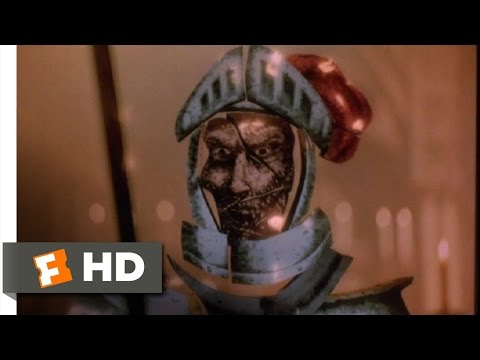
A scene where a particularly likable character is terrorized by Ray Harryhausen-inspired monsters is especially upsetting. The only truly out of place scene is Watson’s hilarious but tonally off hallucination, where he’s attacked by stop-motion genius David Allen’s adorable, living pastries.
The film proved a strange choice for Levinson, following his mainstream success with “The Natural.” Nothing before or since in his filmography would suggest he’s a good fit for the setting and material. Somehow, Levinson manages to adapt the right tone, look and feel for the dark and sometimes surreal material.
While the late Tobe Hooper continues to be questioned as to whether he actually directed the Spielberg-produced “Poltergeist” (which, to be fair, resembles “E.T.” a lot more than any of Hooper’s prior movies), no one gave Levinson such scrutiny.
I’m not suggesting Spielberg ghost-directed this movie (nor “Poltergeist,” for that matter) but it must be a status thing — why do many still doubt that “Poltergeist” could have been made from the man who made “The Texas Chainsaw Massacre” but never question how the director of “Diner,” who never made an effects-heavy, Europe-set film before, was up to this challenging material?
FAST FACT: “Young Sherlock Holmes” scratch up a mere $19 million during its 1985 stateside release.
To look at Levinson’s overall creative output, this overlooked jewel is a standout in the period of his strongest films (including “Tin Men,” “Good Morning, Vietnam,” “Rain Man,” and “Bugsy”).
Columbus was on a roll, as screenwriting was his primary occupation before becoming a massively successful director of hits like “Home Alone” (Columbus’ other big movie he wrote the same year was “The Goonies”).
If anyone ever questioned how the director of “Adventures in Babysitting” could land the coveted job of directing “Harry Potter and the Sorcerer’s Stone” (2001), especially after no less than Spielberg himself turned down the job, look no further than this movie. Although not taking place in a boarding school for wizards, “Young Sherlock Holmes” sure feels like a trial run for the first “Harry Potter” movie.
Levinson’s film creates the look and feel of a Victorian age school of learning (it’s an all-boys school, though Elizabeth is the Hermione of this film), as well as a place of higher learning where adults in positions of power who are, by turns, inspiring and corrupt. This quality is especially telling — the dynamic of Holmes’ betrayal by adult figures of authority and figuring out how to trust those around him is especially reminiscent of a continuous plot thread in all the “Harry Potter” entries.
Although it was released in a time where fanciful prequels were beginning to appear (like the well-remembered Disney TV movie, “Young Harry Houdini”), it has yet to receive the appreciation it deserves and most don’t recall Levinson (who was 43 during production) even made it.
This is a film I watched dozens of times in my youth and, in a best-case scenario synergy that the filmmakers were likely aiming for, led me to discover Doyle’s body of work. The infusion of fantasy and horror into Doyle’s world was a jolt in 1985; fifty minutes in, it takes a turn into a “Temple of Doom” scenario that caused most critics to balk.
Today, this still feels closer to Doyle’s original vision that most other adaptations; the villains here are the interruption of expectations, while the central characters and the world they inhabit (foggy, cobble stone streets and horse drawn carriages everywhere) are Doyle’s.
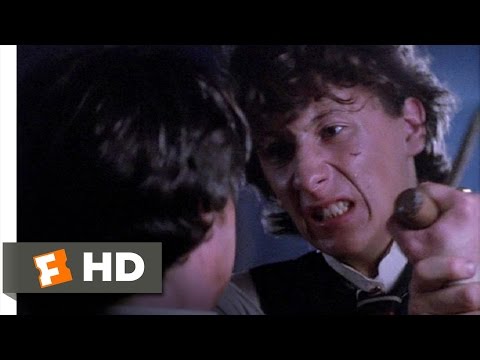
The ending of “Young Sherlock Holmes,” with its multiple climaxes, is quite over the top but so exciting, I didn’t care. When was the last time you saw a movie with a flying bicycle, a great fencing duel and an ingenious chandelier rescue?
There’s also the bit after the closing credits: here is one of the earliest, best post-credits easter eggs, a great, chilling, full circle touch for Doyle fans.
The post Unsolved Mystery: Why ‘Young Sherlock Holmes’ Never Became a Classic appeared first on Hollywood in Toto.

